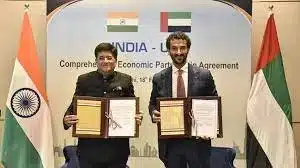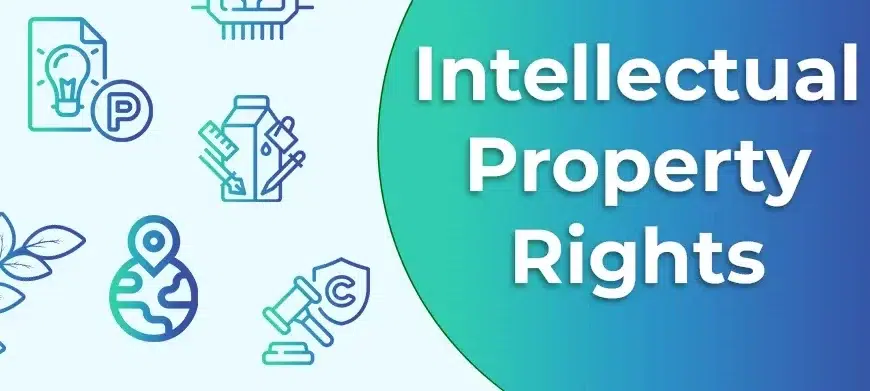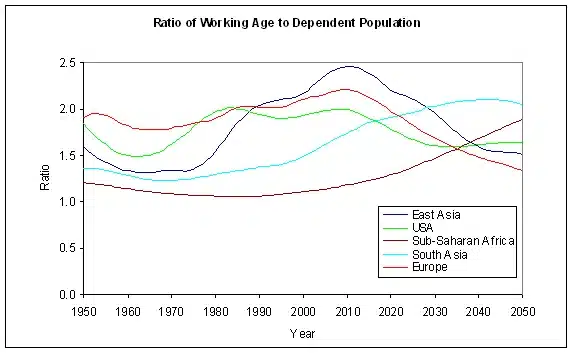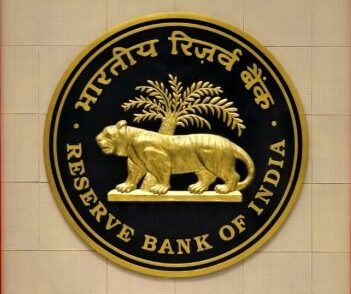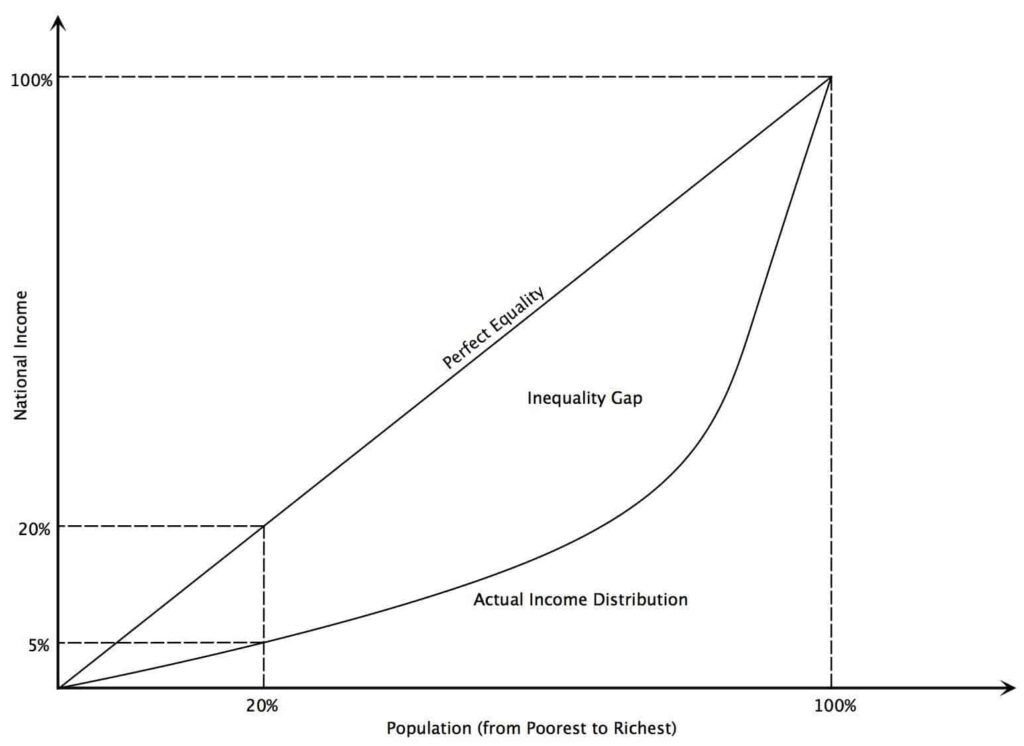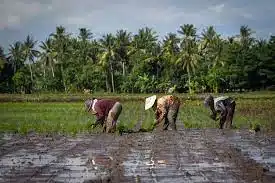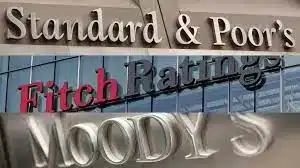Latest FTA (CEPA) signed by India
INDIA and the United Arab Emirates (UAE) on 18 Feb, 2022 has signed a Free Trade Agreement (CEPA), which is set to reduce tariffs for 80 per cent of goods and give zero duty access to 90 per cent of India’s exports to the UAE. India-UAE CEPA will help unlock new trade routes between Africa and Asia. The exporters of India will gain wider access, not only to the UAE market, but also to the much larger Arab and African markets.
- The agreement is expected to boost annual bilateral trade to $100 billion within 5 years of its adoption, up from about $60 billion currently.
- The Comprehensive Economic Partnership Agreement was signed by Commerce and Industry Minister Piyush Goyal and the UAE’s Minister of Economy Abdulla bin Touq Al Marri after 88 days of negotiations.
- CEPA would generate 10 lakh jobs across multiple labour-intensive sectors like Gems and Jewellery, Textiles, Automobiles, etc.
Definition of Free Trade Agreements
A Free trade Agreement (FTA) is an agreement between two or more countries where the countries agree on certain obligations that affect trade in goods and services, and protections for investors and intellectual property rights, among other topics.
Different Types of Trade agreements
Trading blocs
- A regional trading bloc is a group of countries within a geographical region that protect themselves from imports from non-members.
Preferential Trade Area
- Preferential Trade Areas (PTAs) exist when countries within a geographical region agree to reduce or eliminate tariff barriers on selected goods imported from other members of the area.
- This is often the first small step towards the creation of a trading bloc.
Free Trade Areas (FTAs)
- These are created when two or more countries in a region agree to reduce or eliminate barriers to trade on all goods coming from other members.
- Early Harvest Scheme : An Early Harvest Scheme (EHS) is a precursor to an FTA between two trading partners.
- At this stage, the negotiating countries identify certain products for tariff liberalization pending the conclusion of actual FTA negotiations.
- India and Thailand signed an EHS in October 2003, where both countries agreed to reduce tariff duties on 83 products to zero, in a phased manner.
Customs Union
- A customs union involves the removal of tariff barriers between members, plus the acceptance of a common (unified) external tariff against non-members.
- This means that members may negotiate as a single bloc with 3rd parties, such as with other trading blocs, or with the WTO.
Common Market
- A ‘common market’ (or single market) is the first significant step towards full economic integration, and occurs when member countries trade freely in all economic resources – not just tangible goods.
- This means that all barriers to trade in goods, services, capital, and labour are removed.
- In addition, as well as removing tariffs, non-tariff barriers are also reduced and eliminated.
| PTA | reduce or eliminate tariff barriers on selected goods imported from other members of the area. |
| FTA | reduce or eliminate barriers to trade on all goods coming from other members. |
| Customs Union | removal of tariff barriers between members, plus the acceptance of a common (unified) external tariff against non-members. |
| Common Market | Free flow labour, capital, and output (goods/services) among the members. Example: SICA (in Central America). |
| Economic union | Members share a common currency and macro-economic policies (Example European Union). |
The main advantages for members of trading blocs
- Free trade within the bloc
- Market access and trade creation
- Economies of scale : Producers can benefit from the application of scale economies, which will lead to lower costs and lower prices for consumers.
- Jobs : Jobs may be created as a consequence of increased trade between member economies.
- Protection : Firms inside the bloc are protected from cheaper imports from outside, such as the protection of the EU shoe industry from cheap imports from China and Vietnam.
The main disadvantages of trading blocs
- Loss of benefits : The benefits of free trade between countries in different blocs is lost.
- Distortion of trade
- Inefficiencies and trade diversion : Inefficient producers within the bloc can be protected from more efficient ones outside the bloc.
CEPA vs CECA
Both are examples of Free trade agreements.
| CECA | CEPA |
| Comprehensive Economic Cooperation Agreement | Comprehensive Economic partnership Agreement |
| Reduce the tariffs (custom/import duties). | Reduce tariffs + cooperation in trade in services, investment. = wider scope. |
| Countries sign CECA first and then gradually move towards CEPA like agreement. | – |
| Example, India has CECA with Singapore | Example, India has CEPA With Japan |
India’s Trade Agreements
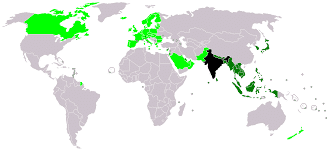
- So far, India has signed 12 free trade agreements (FTAs) and 5 preferential trade agreements (PTAs) and these FTAs/PTAs are already in force.
- Recently, India and Mauritius signed the Comprehensive Economic Cooperation and Partnership Agreement (CECPA) on 22 February 2021. The CECPA is the first trade Agreement signed by India with a country in Africa. India-Mauritius CECPA was entered into force on Thursday, 01 April 2021.
The list of the FTAs that have been signed by India are:
- Sri Lanka
- Agreement on South Asian Free Trade Agreement (SAFTA)
- Revised Agreement of Cooperation between Government of India and Nepal to control unauthorised trade
- India – Bhutan Agreement on Trade Commerce and Transit
- India – Thailand FTA – Early Harvest Scheme (EHS)
- India – Singapore Comprehensive Economic Cooperation Agreement (CECA)
- India – ASEAN CECA (Goods, Services and Investment)
- India – South Korea Comprehensive Economic Partnership Agreement (CEPA)
- India – Japan CEPA
- India – Malaysia CECA
- India-Mauritius CECPA
- India – UAE CEPA (Signed in 2022)
Major FTA under negotiation are
India-EU Broad Based Trade and Investment Agreement (BTIA), BIMSTEC FTA, India-Thailand (CECA), India-Gulf Cooperation Council (GCC) Free Trade Agreement (FTA) etc.
The list of Preferential Trade Agreements (PTAs) signed by India are:
- Asia Pacific Trade Agreement (APTA)
- Global System of Trade Preferences (GSTP)
- India – Afghanistan PTA
- India – MERCOSUR PTA
- India – Chile PTA
FTA related issues
- Faulty commitments,
- Stricter rules of origin,
- Lack of awareness about the FTAs
- And high cost of compliance.
Evaluation of India’s FTA
- India’s trade with SAFTA has grown faster than its total trade with the world. The Indian exports to SAFTA countries have increased faster than its imports from them leading to a significant rise in trade surplus with these economies.
- Contrary to India-SAFTA trade India’s imports from ASEAN has increased at a significantly higher rate than Indian exports to ASEAN. Another important point worth to be noted is that the imports from ASEAN grew much faster than India’s imports from the world.
- Indian imports from Korea have surged much faster than the exports to that country.
- India’s trade deficit with Japan has not only increased during2011-12 to 2018-19 but grown faster than India’s trade deficit with the world.
- Overall, with the exception of SAFTA, India’s experience in trade with its major FTA partners has not been very encouraging.
- While India has gained substantially in terms of exports from its FTA with SAFTA countries, CEPA with Korea and CECA with ASEAN have been more beneficial to those economies.
- In the case of CEPA with Japan, however, bilateral trade has either declined or stagnated after the 1st year of implementation but there has been a substantial rise in trade deficit with that country also.
Conclusion
- It is interesting that in 2004, prominent economist Paul Samuelson said that ‘free trade can actually make workers worse off’. But aggressive advocates of free trade reacted coldly, saying that ‘the old man has lost his sanity’. Today, however, the world seems to be attentive to the warning of that old man.
- While promoting free trade, we also have to take into account the concerns of job creation. Therefore, the government should also pay attention to non-tariff barriers, local preference in public procurement.
- When we are talking about free trade, we have to move forward keeping in mind the principles and realities.
Also refer :
- Download the pdf of Important MCQs From the History Of Ancient India
- Important International Organizations In Which India Is A Member Country
- Reports Published By International Organizations

